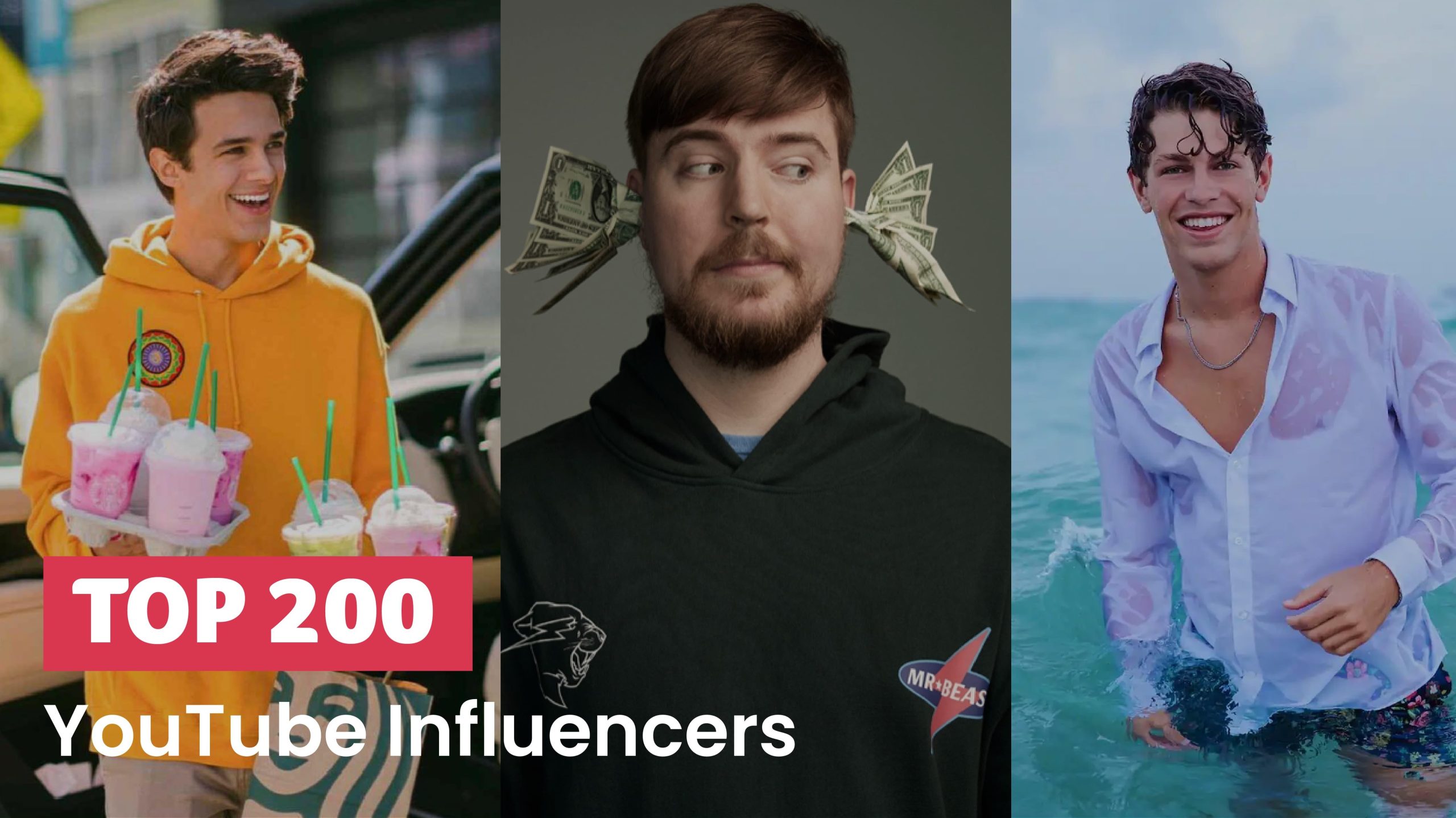
In the ever-evolving landscape of social media, YouTube has emerged as a powerful platform for influencers to share their creativity, expertise, and personal stories with millions around the globe. However, while the allure of viral fame and brand partnerships can be tempting, navigating the legal intricacies of online content creation presents a unique set of challenges that many may overlook. From copyright issues and advertising regulations to privacy concerns and content ownership, understanding the legal framework surrounding your YouTube presence is crucial for ensuring longevity and success. In this article, we’ll unravel the complexities of the legal landscape for YouTube influencers, providing essential insights and practical tips to help you create confidently, protect your brand, and steer clear of potential pitfalls. Whether you’re an aspiring vlogger or a seasoned creator, these legal insights will serve as your roadmap to navigating the rules of the YouTube universe.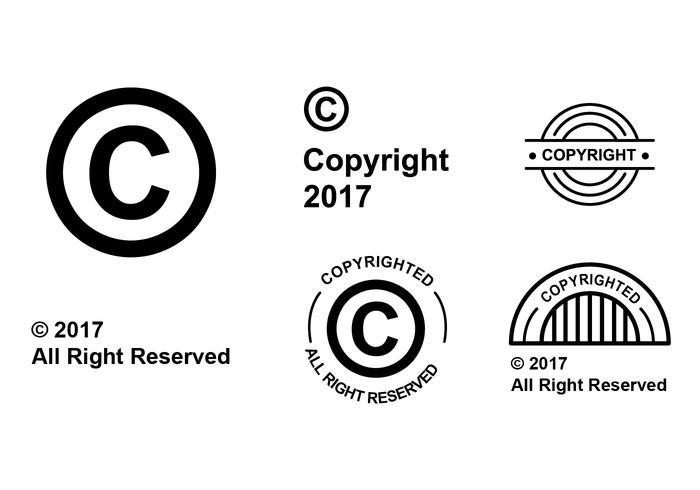
understanding Copyright and Fair Use in video Content
As a YouTube influencer, understanding your rights and responsibilities regarding copyright is crucial. Copyright law protects the original expression of ideas, meaning that creators own the rights to their videos, music, graphics, and more as soon as they create them. When using others’ work,it’s essential to consider whether your use falls under the doctrine of fair use. This can include scenarios like commentary,criticism,news reporting,teaching,or research,where the transformative nature of your content plays a significant role. Factors that determine fair use include:
- The purpose and character of your use: Is it commercial or educational?
- The nature of the copyrighted work: Are you using creative or factual content?
- The amount and substantiality of the portion used: how much of the original work are you including?
- The effect on the market: Does your use affect the original’s value?
To further navigate these complexities, many influencers benefit from seeking permission or licensing content rather than relying solely on fair use. This not only protects you legally but also fosters a positive community spirit among creators. While fair use is a helpful guideline, relying on it may expose you to legal risks if your interpretations differ from typical legal standards.Here’s a simple comparison to help you assess the scenario:
| Fair use Factors | Considerations |
|---|---|
| Commercial vs. Educational | Educational use leans toward fair use. |
| Creative vs. Factual | Factual work is more favorable for fair use. |
| Amount Used | Less is frequently enough better; use excerpts, not whole works. |
| Market Impact | Ensure your use does not harm original sales. |
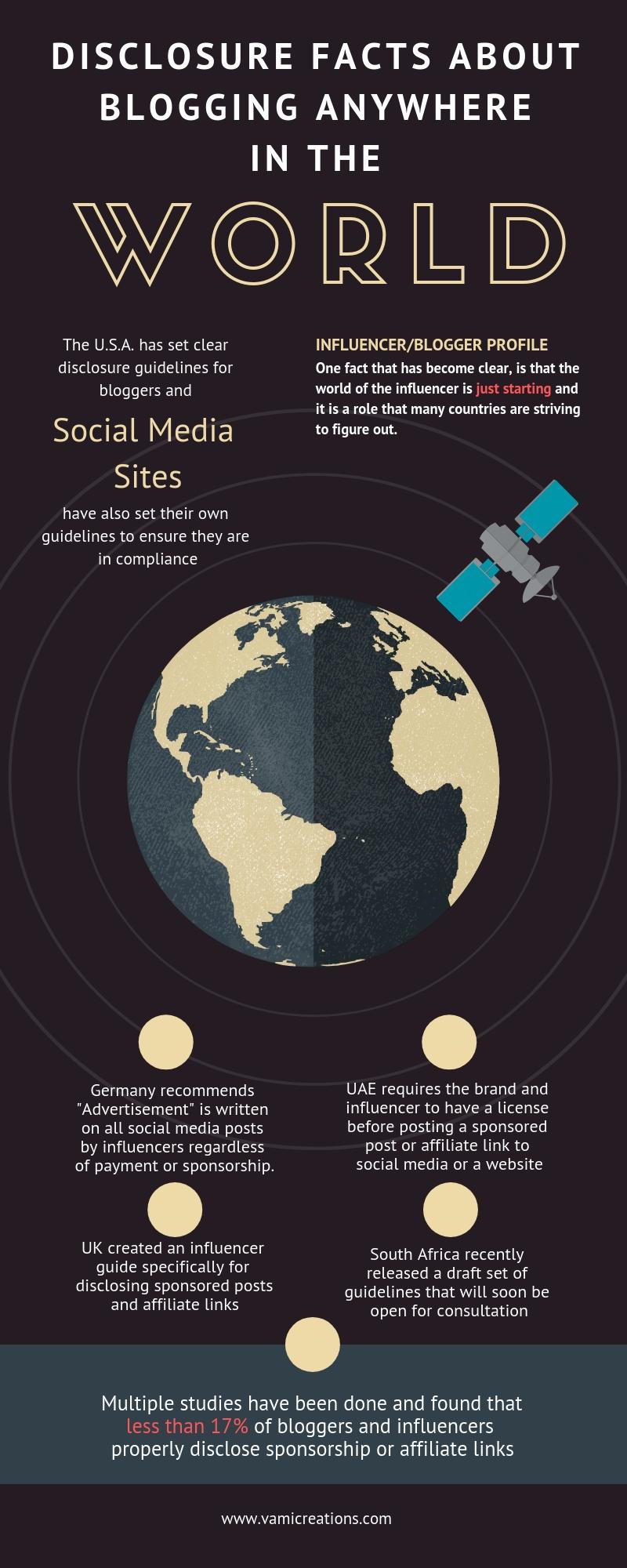
Crafting Compliant Sponsorship Disclosures and Transparency
In the ever-evolving landscape of social media, transparency is not just a best practice; it’s a legal requirement. YouTube influencers must ensure that their sponsored content is labeled clearly to maintain trust with their audience and comply with regulations from agencies like the Federal Trade Commission (FTC). Here are key elements to consider when crafting your disclosures:
- Clarity: Use straightforward language that your audience can easily understand.
- Placement: Disclosures should appear at the beginning of the video or in the description box,making them hard to miss.
- Affiliation: Clearly state the nature of your relationship with the brand, whether it’s a paid partnership or a gift.
- Consistency: Ensure that your disclosures are consistent across all platforms where the content is shared.
Creating a structured approach to disclosures can enhance clarity and compliance. Consider utilizing the following table to outline key elements of your sponsorship strategy:
| disclosure Type | Description |
|---|---|
| Sponsorship | Clearly state if you were compensated for the content. |
| Product Gift | Indicate if you received the product for free. |
| Affiliate Links | Disclose if you earn a commission from purchases made through links. |
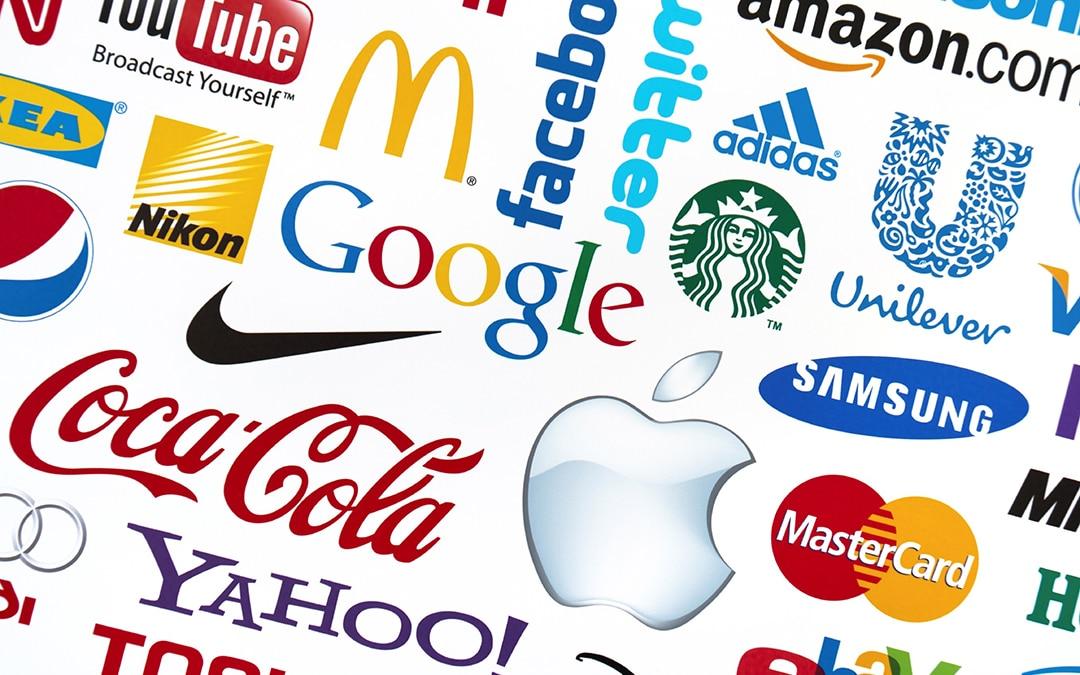
Protecting Your Brand: Trademarks and Image Rights
In the dynamic world of YouTube, where content is king and originality reigns supreme, safeguarding your brand is more critical than ever. Trademarks serve as a shield, helping you protect your logo, tagline, and any distinctive elements that represent your persona.By registering these trademarks, you gain the exclusive right to use your marks, and you have a valuable asset that can add significant weight to your brand’s image. It’s essential to conduct thorough research to ensure that your chosen trademarks do not infringe on existing ones.This not only mitigates legal risks but also strengthens your brand identity in a crowded marketplace.
Image rights are equally vital for YouTube influencers. Your image, likeness, and personal brand are often your most prized possessions. Taking steps to secure your image rights ensures that you have control over how your likeness is used, preventing unauthorized exploitation. It’s crucial to be vigilant and proactive. Consider implementing the following strategies:
- Contracts: Have clear agreements in place for collaborations.
- Watermarking: Use watermarks on images to assert ownership.
- Public Disclosure: Be clear about how your images can be used.
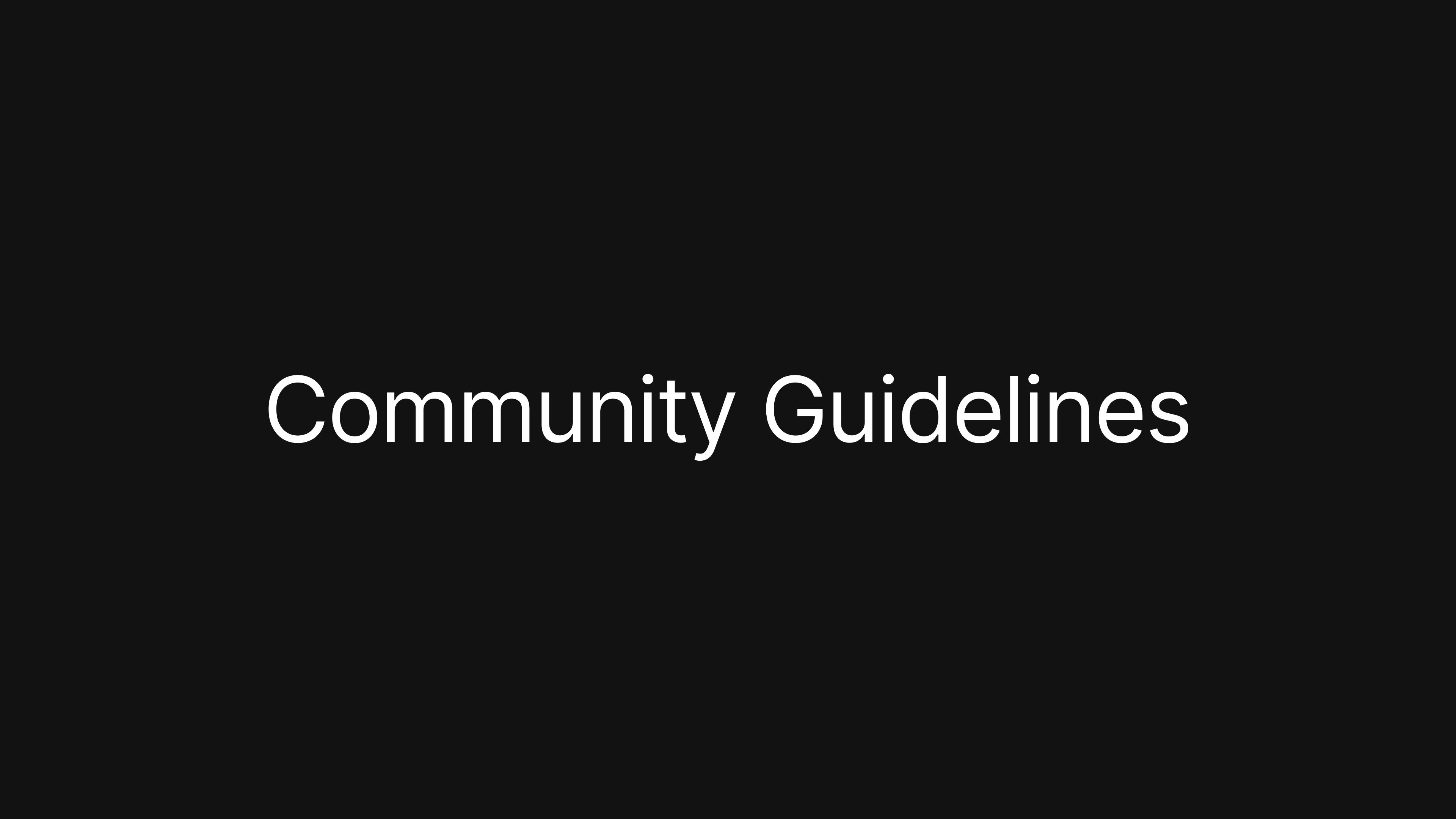
Navigating Community Guidelines to Avoid Content Strikes
Understanding community guidelines is crucial for YouTube influencers who wish to thrive without facing content strikes. These guidelines serve as a framework that outlines what is acceptable content, ensuring a respectful and safe environment for all users. To minimize risks,influencers should familiarize themselves with the following key areas:
- Copyright Violations: Always use original content or seek proper licenses to avoid copyright strikes.
- Hate Speech and Harassment: Foster a positive atmosphere by steering clear of language or imagery that may be deemed offensive or discriminatory.
- Child Safety: Adhere strictly to guidelines concerning minors, ensuring that content is age-appropriate and safe.
Another significant practice is to actively monitor community feedback and stay updated on any changes to YouTube’s policies. By engaging with your audience and understanding their concerns, you can create content that resonates while remaining compliant. Consider maintaining a simple checklist to evaluate each video before posting:
| Criteria | Status |
|---|---|
| Content Originality | ✔️ |
| No Hate Speech | ✔️ |
| Child-Safe Content | ✔️ |
This checklist will help streamline your review process, enhancing both creativity and compliance in your content creation journey.
The Way Forward
As the digital landscape continues to evolve, YouTube influencers find themselves at the crossroads of creativity and compliance. Understanding the intricate web of legal obligations isn’t just a duty; it’s an armor that empowers creators to produce authentic content while safeguarding their passions. From copyright considerations to ad disclosures, the rules may appear daunting, but they can also illuminate the path to successful, responsible influencing.
In a realm where your voice can influence millions, navigating these legal nuances thoughtfully can lead to not only a flourishing channel but also a reputation built on trust and integrity. So, as you embark on your journey through the vibrant world of YouTube, remember that knowledge is your ally. Equip yourself with these insights, and let your creativity soar, knowing you’re grounded in the legal framework that supports your dreams.The world is watching—make sure you’re ready for the spotlight, both creatively and legally. Here’s to pioneering new horizons and shaping the future of content creation, one thoughtful click at a time.